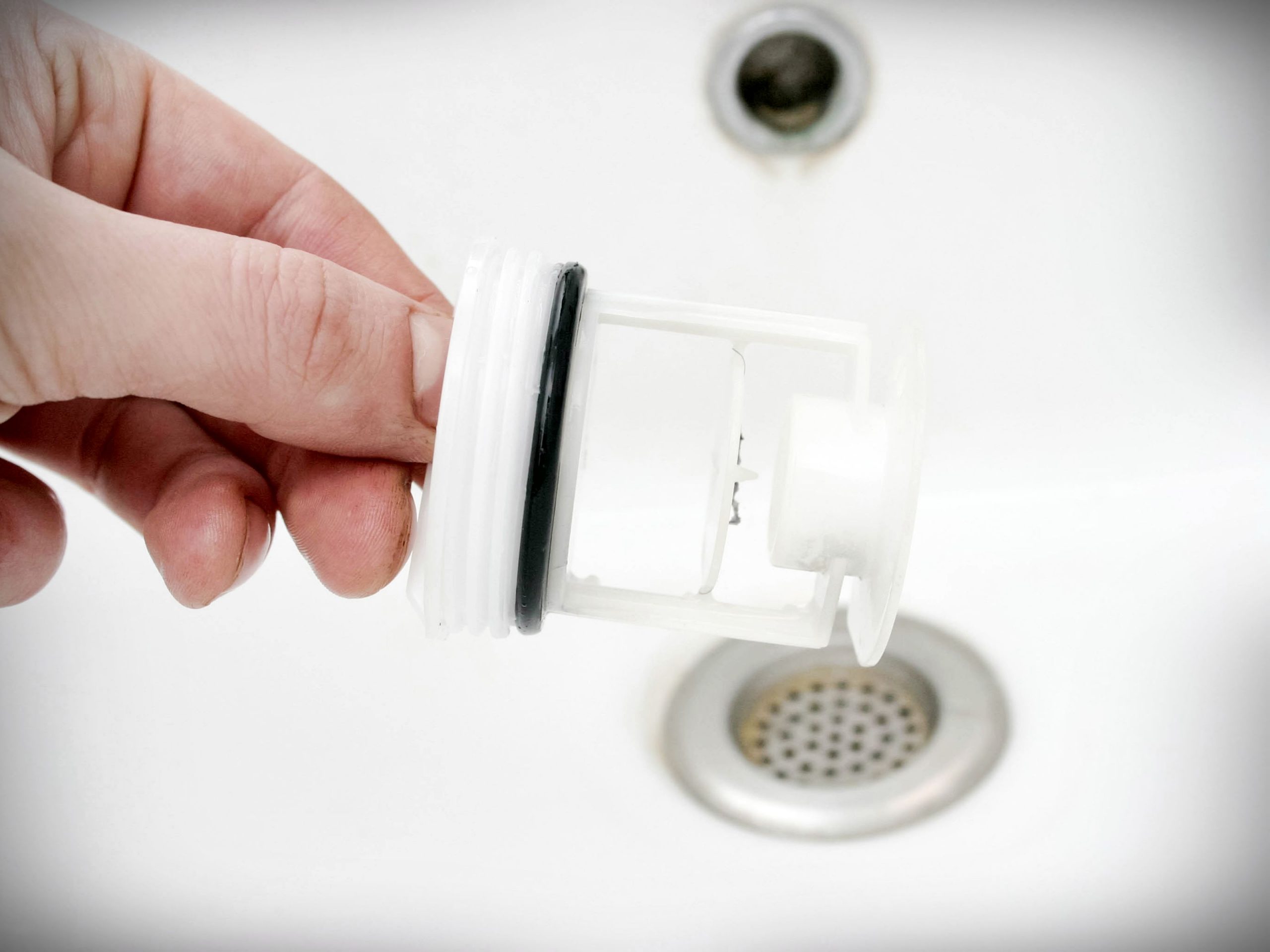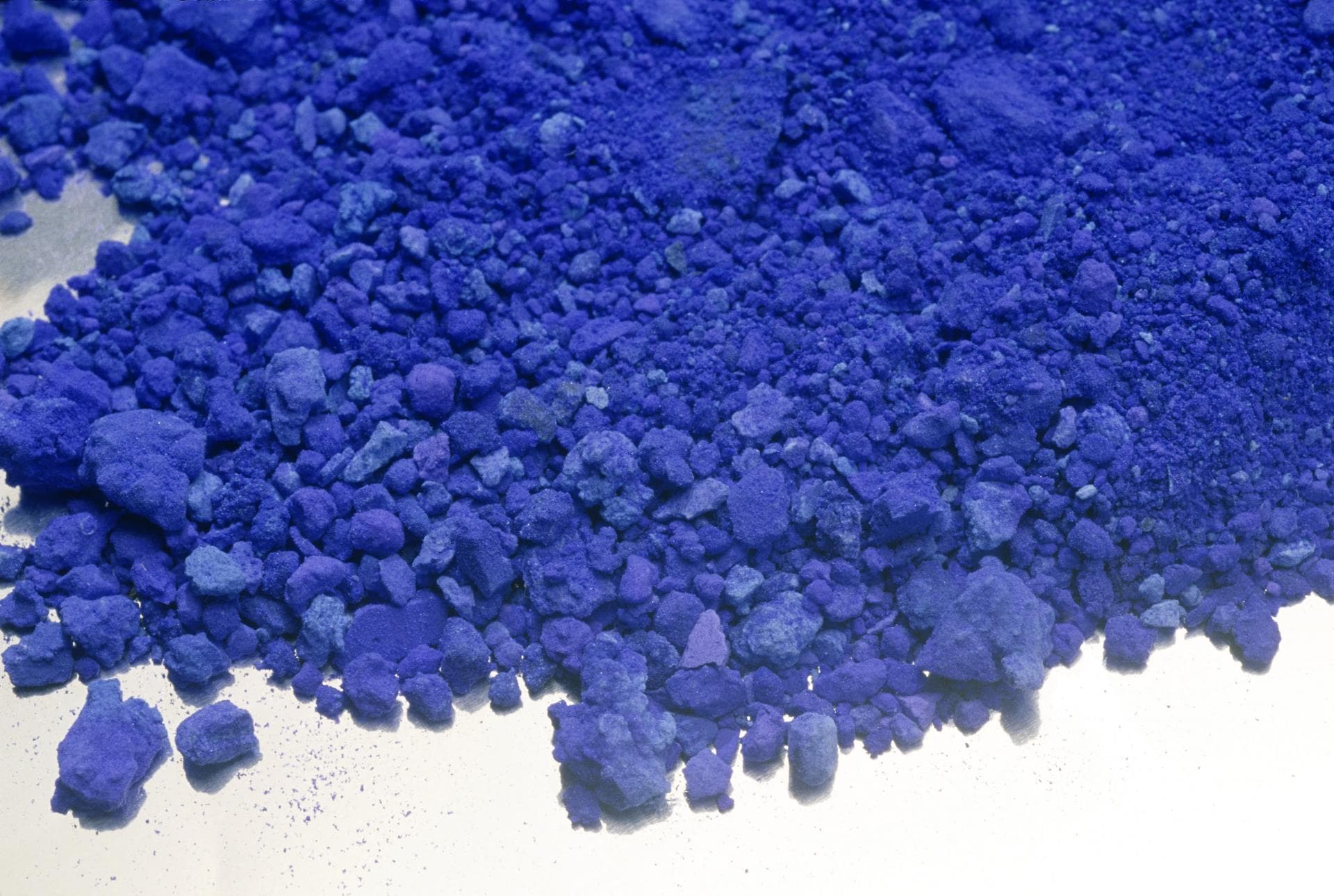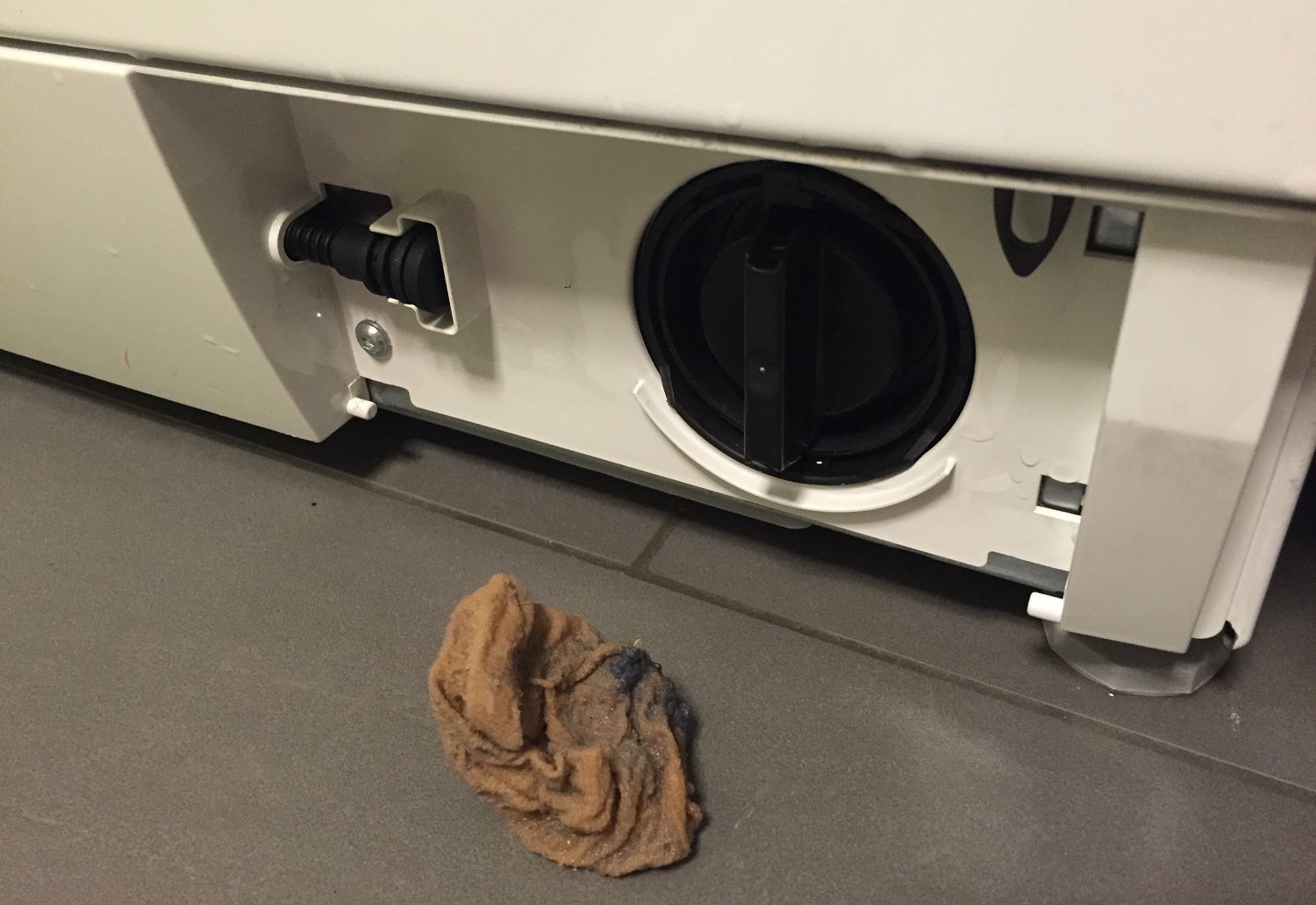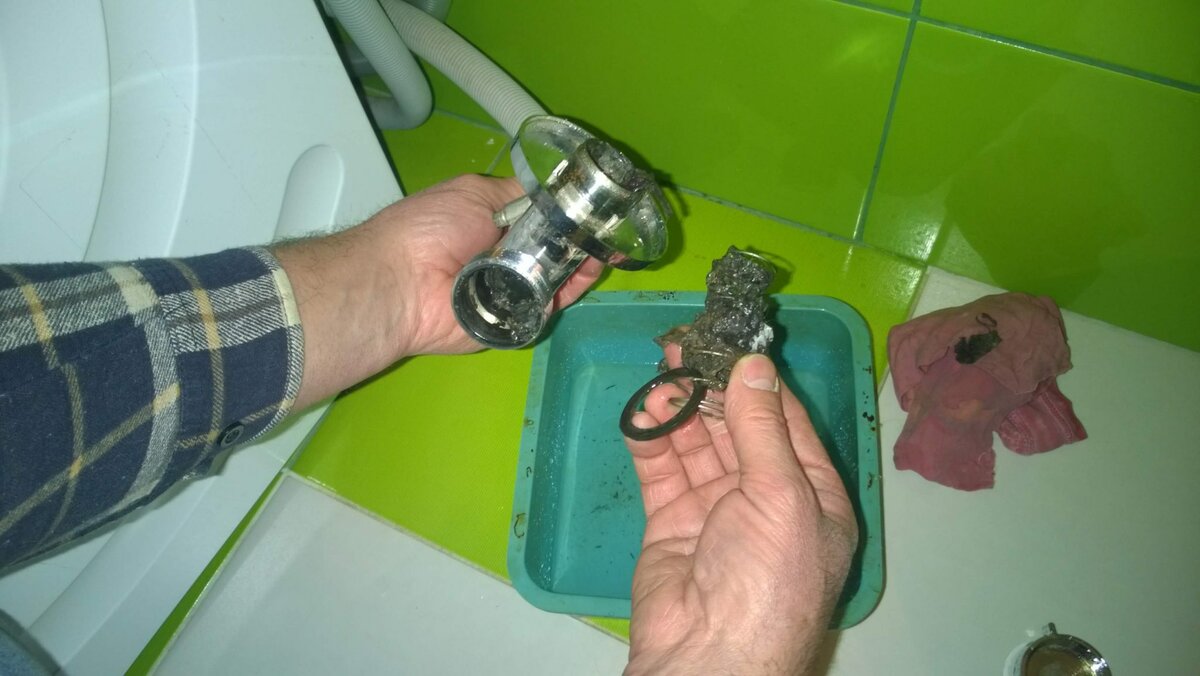Cleaning the washing machine filter
When buying a washing machine, no one thinks about such a "trifle" as a drain filter. However, over time, when problems begin with pumping out or supplying water, it turns out that care is required not only for the beautiful front panel with chrome buttons. So, how to clean a filter in a washing machine is a task that every modern person can cope with, all that is needed for this is a little knowledge about the principle of the drain system.

- Filters in the water supply and drainage system: type, purpose, principle of operation
- Causes of blockages
- Clogged washing machine filter: typical symptoms
- Where is the filter in the washing machine? Self dismantling
- How to clean a filter in a washing machine?
- How to clean the filter of a washing machine: popular products
- Washing machine filter leaks after cleaning: causes and solutions
- Should I ignore filter cleaning?
- Washing machine filter: preventing clogging
- Video: how to clean a filter in a washing machine
Filters in the water supply and drainage system: type, purpose, principle of operation
In any washing machine, filter elements are installed at at least two key points: at the inlet and at the outlet. Thus, their main types are distinguished:
- Jellied. Designed for mechanical cleaning of supplied water from fine suspensions, sand and other particles, such as rust.
- Drainage (drainage). This washing machine filter is designed to protect the drain pump impeller from damage when removing water after rinsing. As a rule, it is able to pick up rather large foreign objects, such as buttons or small coins.
Note! The described filters provide only coarse mechanical cleaning and do not affect the water composition in any way. Therefore, to soften or remove harmful impurities, additional fine cleaning systems should be used.
Causes of blockages
The most common cause of filler filter clogging is the formation of a blockage of dirt or limescale on the surface of the mesh. This is usually not a problem, as cleaning the filter in the washing machine can be done fairly quickly. However, this must be done regularly, otherwise both the pump and the more expensive circulation pump may fail.

Most drain filter blockages can be caused by:
- Extremely hard water. Excess salts can accumulate not only on the heating element and the walls of the tank.
- Frequent washing of fur or downy items.
- Poor preparation of clothes before washing. Small objects from pockets can fall into the filter and clog it.
- The presence of pets. Wool or feathers are deposited on the surface of clothing in fairly large quantities. Naturally, it all ends up in the drum.

Clogged washing machine filter: typical symptoms
The main sign of poor permeability of the filler filter is either the complete absence of supplied water, or a noticeable decrease in pressure. At the same time, the sound of a running pump can turn into a lingering mournful tone, which indicates the impossibility of supplying the required volume of water at an estimated speed for the selected program.

Typical signs of a clogged drain filter are:
- Significant increase in rinsing time: dirty water is slowly drained away.
- The door remains locked for a long time at the end of the wash.
- Switching off the machine when selecting the "spin only" option.
- Refusal to rinse.

Where is the filter in the washing machine? Self dismantling
The location of the filler filter in most modern washing machines is the same - on the back panel, at the top. To remove it, you will need to turn off the water and unscrew the nut securing the inlet pipe. The filter can be difficult to access due to accumulated dirt, so sometimes you have to remove it with long nose pliers. In this case, it is necessary to work carefully, pulling it with rotational movements from side to side, without excessive force.
Dismantling the drain filter is not at all difficult, but it has a number of nuances. As a rule, it is located on the front panel at the bottom of the washing machine, behind a decorative cover. Depending on the model, the filter may be on the left or right side, usually on the right. However, there are quite exotic solutions when the drain filter is located inside the drum. Fortunately, they are quite rare.

It does not matter whether the filter of a Samsung, Indesit or Bosch washing machine is being cleaned, the typical sequence of its removal in the general case looks the same:
- Disconnect the machine from the power supply.
- Turn off the water tap.
- Open the decorative flap. Some manufacturers prefer a solution with a fully reclining base / plinth at the bottom. In any case, the filter cover is behind such plugs.
-
Prepare a container or thick cloth to drain off the remaining water. Even in a non-working machine, there is always a minimum amount of water - this is due to the specifics of the drain system. When you unscrew the lid, the water will start to leave, so it will have to be removed quickly.
Some models of washing machines have a special hose designed for this purpose. It can be located near the neck of the "snail", which houses the drain filter of the washing machine.
- Unscrew it. It is necessary to rotate counterclockwise. It is necessary to adjust the applied force so as not to break the plastic mount or strip the threads.
- Remove the filter. You will have to proceed with caution, as trapped objects and accumulated dirt can block the free movement. If this is the case, then you should try to break the formed plug by rotating the filter from side to side.
How to clean a filter in a washing machine?
In most cases, filter care comes down to a routine rinsing under running water. Unless, when cleaning the drain, it is advisable to check the condition of the inside of the drain system, accessible from the front panel.

Filling filter
Structurally, it is a plastic cylinder with a fine mesh at the end. Cleaning consists in thoroughly flushing out the sand and dirt that has accumulated in the cells and under the rim. For difficult areas, you can use a regular toothbrush.
If washing has not given positive results or the mesh has visible damage, the filter must be replaced. In addition, you need to remember about the rubber gasket, which prevents water from leaking from under the inlet pipe - it can be lost or damaged during cleaning.
Drain filter
In the smallest detail, the design can vary greatly from manufacturer to manufacturer, while the basic concept remains the same. First of all, it is necessary to clean the filter from coarse deposits and debris, and then rinse thoroughly with warm water. Carry out machining as carefully as possible so as not to damage the rubber seal on the lid!

In addition to the filter itself, cleaning is also required in the nest - where the drain filter is located in the washing machine. To do this, you can use a flashlight to illuminate the intake neck to check for accumulated dirt or lime deposits. As for limescale, if the filter is heavily coated, it can be removed by immersing it in a citric acid solution for a while. In this case, you should take care of the rubber gasket.

Important! Typically, the filter seat also provides access to the drain pump impeller. It makes sense to check it for stuck debris or other little things.

How to clean the filter of a washing machine: popular products
Cleaning the internal parts at home only makes sense if it is done regularly. Usually, either household chemicals from a hardware store or "folk" methods are used for this.
Household chemicals
Of the available chemicals, the popular Whiteness bleach is the most effective. To carry out cleaning, it must be poured into the powder compartment and the “idle” program with the longest running time must be started. In this case, the temperature regime should also be set to maximum.
Then you will need to wait about half an hour and put the machine into pause mode, in which it should stand for an hour or two, after which you can continue washing. At the end, it is advisable to carry out an additional rinse cycle.

Copper sulfate is sometimes used as an alternative. Before you clean the filter, the vitriol is diluted in cold water (about two tablespoons per liter). With the resulting solution, you need to wipe all the internal parts, including the "nest", and then start washing without laundry, but with detergent powder. At the end, it is recommended to switch on an additional rinse, then wipe the inner parts dry.

Folk remedies
Everything is as usual here: citric acid or vinegar. Pour the acid (about 100 g) into the powder container and carry out an “empty” wash cycle with the maximum temperature. Be careful not to overdo the dosage, otherwise you can damage the rubber seals. At the end of the cycle, turn on rinsing again.

Cleaning with vinegar follows the same principle. Two glasses of table vinegar must be poured into the powder receiving tray, and then start a long wash program with a temperature of 90 degrees. After ten to fifteen minutes, pause the car and let it stand for about an hour. Then, after the end of the program, wipe everything dry.

Washing machine filter leaks after cleaning: causes and solutions
The main problems that may arise when cleaning the drainage system are non-observance of the rules for installation and dismantling. They usually appear as a result of:
- Incorrect filter installation. A skewed or loosely tightened cap can cause water that escapes under pressure to seep out. It is necessary to re-disassemble and reassemble the drain.
- Worn or damaged gasket. The filter cover is equipped with a special rubber seal located at its base to prevent leaks. If it is carelessly cleaned or due to other factors, it may become unusable. The problem is solved by replacing the gasket.
- Broken threads or damaged filter housing. Excessive force during disassembly or assembly are typical causes of this type of malfunction. It may be necessary to completely replace the failed unit.

Should I ignore filter cleaning?
In short, no, not worth it! Periodic cleaning of the filter of a washing machine, whether it be Samsung, Bosch or Indesite, is a prerequisite for its trouble-free operation. Ignoring the preventive maintenance of the supply and drain systems can lead to a deterioration in the washing process, and in especially advanced cases, to a breakdown of the machine.

Often, it is the failure to comply with this requirement that causes the appearance of a persistent unpleasant odor from the drum, which remains on the washed laundry. In addition, this is a frequent reason for the deterioration or even complete termination of the drainage process, which, under a certain set of circumstances, leads to failure of the drain pump.

Washing machine filter: preventing clogging
To avoid undesirable situations caused by clogging of the drainage system, it is recommended to adhere to the following rules:
- Clean the drain filter every six months. The frequency depends on the number of cycles.
- It is not recommended to leave the washed items in the drum for a long time. This can lead to fungus and build-up of deposits inside the machine.
- Use a detergent without additional additives.
- Clean the drainage system periodically with citric acid or vinegar.
- Observe precautions when assembling or disassembling filtration units.
- Keeping your washing machine tidy isn't just outside.

Based on the above, regularly preventing the drain filter from clogging is one way to extend the life of your washing machine. Such a simple operation as cleaning the filter in a washing machine allows you to get rid of possible problems in the future and ensure high-quality washing for many years.
Video: how to clean a filter in a washing machine












